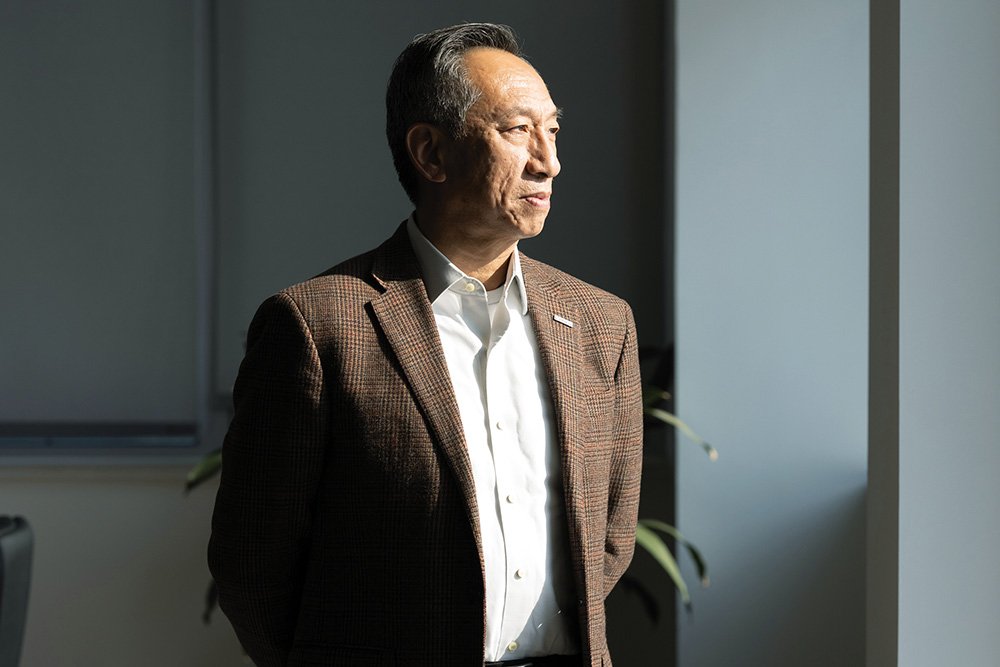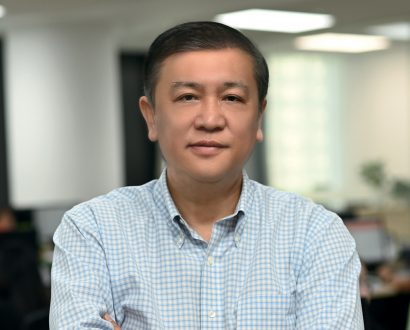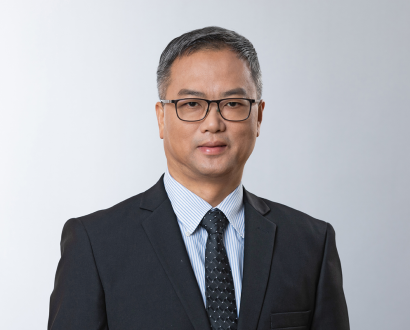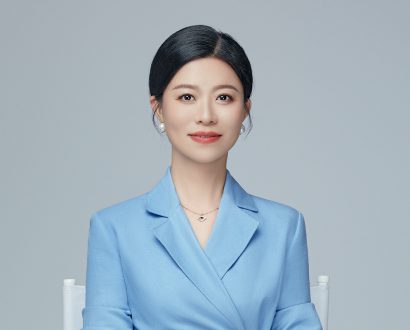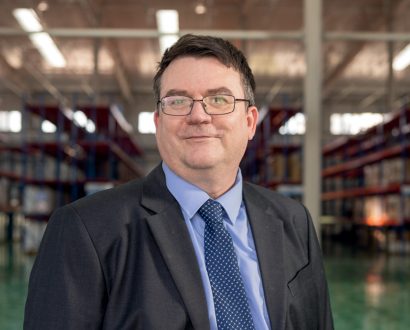Happily, he soon got an offer to work for auto parts manufacturer Linamar, and as luck would have it, Linamar, much like Henry himself, is of Canadian origin. “I left after handing over the business as there was no position for me, and Linamar was searching for a head of the Asia–Pacific operations at that time,” he recalls.
“As a Canadian working and living in China, I loved having an opportunity to serve a Canadian company. My past experience fit Linamar’s needs well and it offered a good platform for me to contribute by utilising my knowledge in the auto industry and experience working in Asia.”
Today, as President of Linamar Asia Pacific, which was opened in 2005, Henry has helped drive considerable expansion since 2011. In the past decade, the company has boasted double-digit growth, year on year.
When he first joined the company, it only had one factory in Wuxi; today, it has seven (two of which are in Pune and Dewas in India) and a technical centre. Staff numbers have similarly swelled; from mere hundreds, the automotive supplier now employs more than 2,000 people.
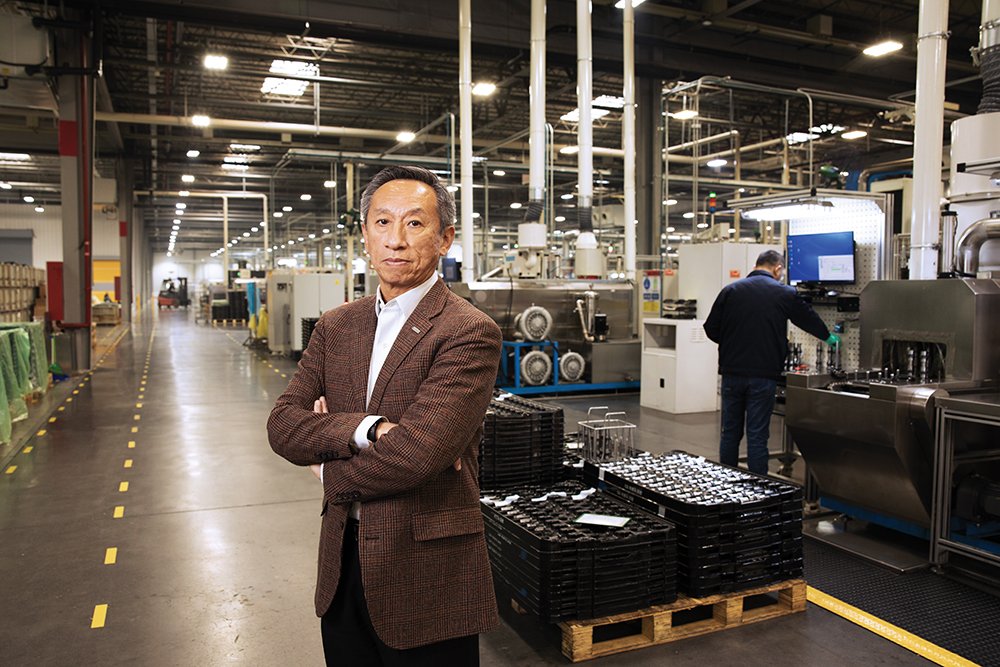
When Henry first joined, the company was in a transitional stage, and he believes the culture exemplifies a spirit of entrepreneurship and hands-on leadership, which has continued since Linamar was established in 1966.
Indeed, Founder Frank Hasenfratz, who migrated to Canada from Hungary in the 1950s, still has a presence in the company. “There’s a culture of ‘power to perform’ – balancing needs from the customers, employees and shareholders drive the day-to-day business decisions,” Henry explains.
“I feel it provides an opportunity to get the best performance out of our people and our teams to achieve the business objectives. We have been successfully growing the business sixfold for the past 10 years, and it also provides excellent career development for our teams in Asia.”
Henry has no intention of pulling back on the growth Linamar has enjoyed over the past 10 years. Besides strengthening the company’s existing capabilities, there is also an effort to expand into new industries – the acquisition of a medical startup means Linamar can apply its machining strengths to the medical industry, and the power and water industries are also potential sources of expansion for the manufacturer.
I always find inspiration from working with a performing team to achieve our goals.
The diversification proves to be a necessity, as demand for automotive powertrain parts is giving way to electrification products. At the same time, an increase in local Asia–Pacific competitors means Linamar also has to focus on being cost effective.
Fortunately, the rapid transformation of the industry’s technology gives the company plenty of opportunities. “The manufacturing business is being transformed from labour-intensive activities to more automated and digitised processes with data-driven decisions, thanks to the evolution of technology,” Henry says.
“With rising labour costs in China, many more processes are automated today compared to 10 years ago, and many business processes are digitised to significantly improve operating efficiency, so we’re moving these resources into more value-added activities.
“We also have to update the workforce through re-education and training programs to ensure they’re able to manage the changing needs of the manufacturing activities. Industry 4.0 is our next challenge, which means bringing AI into the process from product development to the manufacturing floor, the delivery of products and services throughout the product’s life.”
It is essential to include employees in journeys of innovation, and Henry’s own leadership philosophy reflects the necessity of this. He believes in empowering teams to perform and helping them achieve their goals. In this way, Linamar employees can further their own careers, while simultaneously meeting the company’s targets.
Henry’s style of leadership reflects the actively involved nature of Linamar’s culture, and his philosophy can be summed up thus: “Lead the people, rather than manage,” he asserts.
“Instil a shared vision, establish a culture of teamwork with clear objectives, then provide the support needed so the team can achieve its goals. “I’ve learned a great deal from most of the people I’ve worked with, and I always find inspiration from working with a performing team to achieve our goals.”
Proudly supported by:
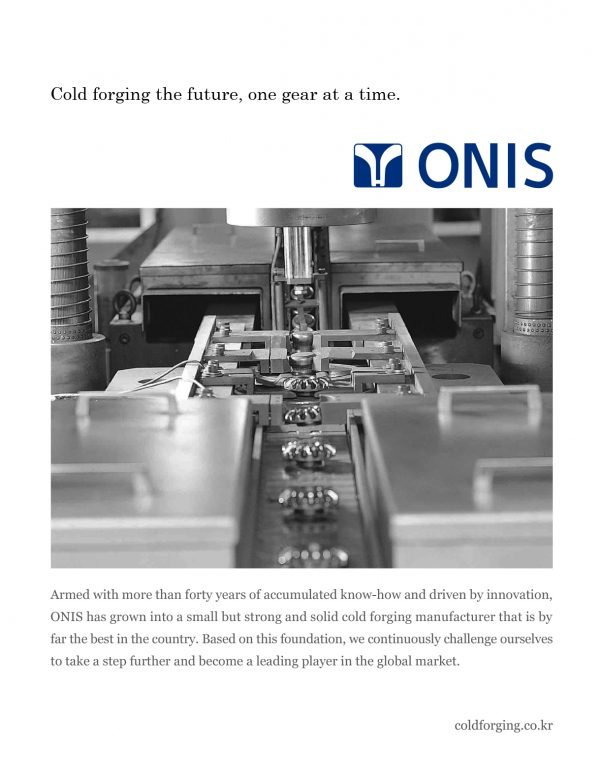
Onis

